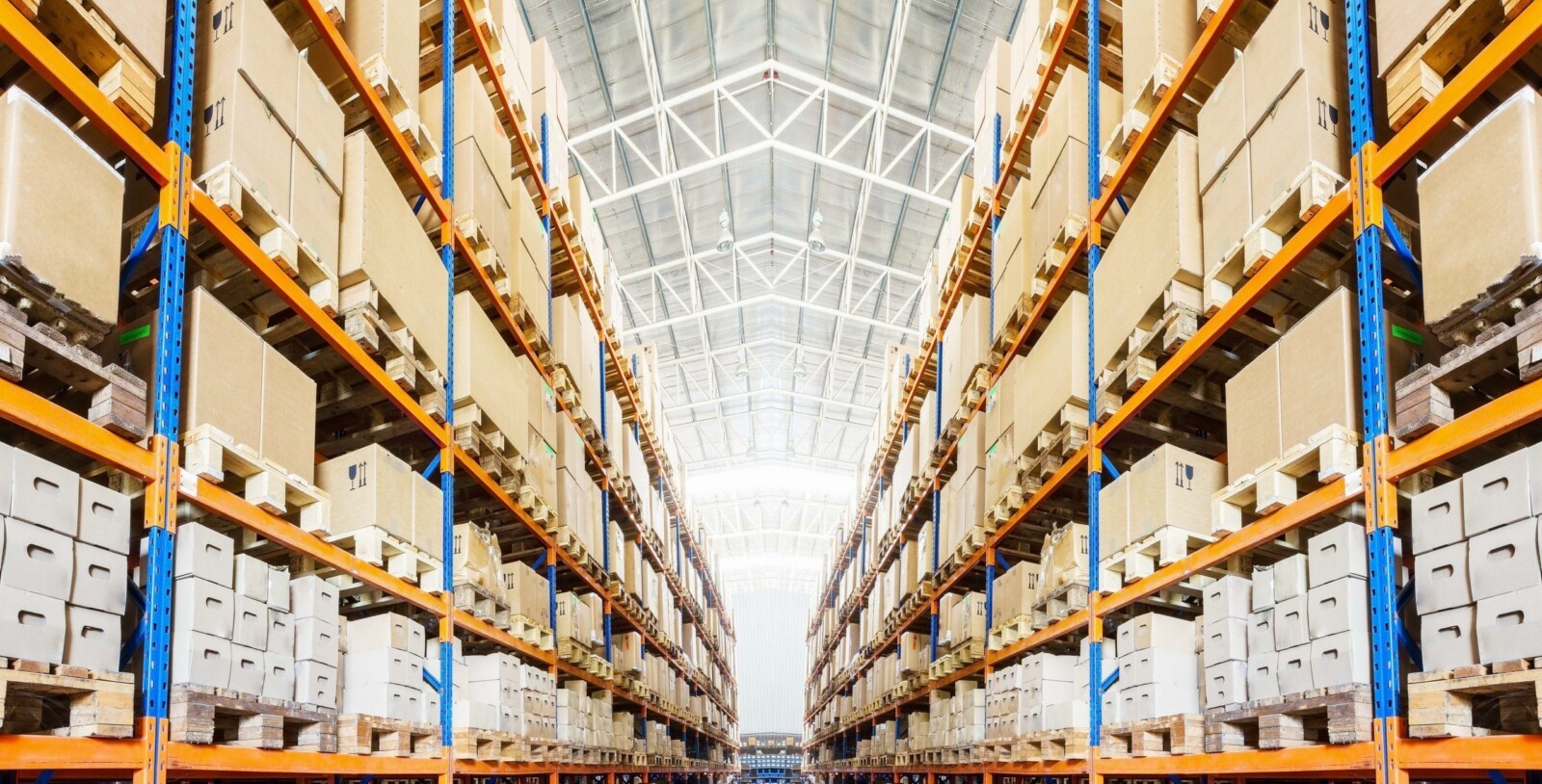
What to think about before you buy new rugged computers
Whether it’s your first step into digitalization or you’re upgrading your existing solution, buying rugged computers is often a big decision and a significant investment. It’s not like a casual purchase, like grabbing the first pair of socks you see on the shelf and you’re done – buying the right rugged computers requires thoughtful consideration and some careful planning.
I’ve been in the computer business for well over 20 years, and I’ve spent the last 13 years of my career specifically dedicated to rugged computers. I’ve worked closely with customers to ensure they obtain the optimal solution for their operational needs. In this blog, I’m going to share the key areas and questions you should consider when approaching different suppliers, so you can go about buying rugged computers with ease.
Technology context today and tomorrow
Firstly, you should consider the technology context of your operation. Given the quick pace at which technology is changing and evolving, you should think about the technology you’re running your workflow with today and what you intend to run in the future.
Ask yourself the following questions before buying rugged computers: what apps do you use? Is your workflow server-based, device-centric, or reliant on cloud infrastructure? What operating system (OS) do you use, and do you plan on transitioning to, say, Windows 11 or Android in the future? In short: what is your workflow like today, and what would you have it ideally look like in the future?
Also, consider accessories and peripherals and their compatibility with your existing equipment. Perhaps you need your new devices to be compatible with your existing kit. Or maybe you’re considering a complete overhaul. In any case, opt for rugged computer solutions that are ready for the future to ensure usability for the next several years.
Buying rugged computers? The physical environment is important!
Secondly, you’ll need to have a clear idea of the physical environment in which your rugged computers will operate. What’s going on in the multiple locations you have? Is your operation purely indoors? Or do you need the devices to work outdoors, too? What about the weather? Are there extremes in temperature in the areas being operated in? Or perhaps there are other challenging conditions in your facility that you need your devices to be able to deal with? When buying rugged computers, you’ll have to consider all these questions.
Naturally, for operations spanning multiple locations, you should resist the urge to go for a one-size-fits-all approach. Consider each location and tailor your selection to its demands to make sure your rugged computers are suitable for every site. Additionally, consider connectivity – this is especially important in scenarios involving moving vehicles, such as forklifts. You always need a consistent network connection for your rugged devices to work optimally. Vehicles moving between access points (APs), thick walls and shelves may block the signal. Evaluate whether your network is working well enough to provide a stable connection or consider upgrading it.
In short: consider how rugged your devices need to be and why. Then make sure you choose products and services that fits your specific conditions and demands.
Take user acceptance into account
While buying rugged computers and picking devices based on their technological advances alone, you also need to think about your employees. After all, these are the people who will be using the devices on a daily basis. Prioritize their needs and consider how and where the devices will be used, who will be using them, and what do they need to be able to do their job. Consider factors such as gloves, screen size preferences and functionality. And don’t forget to always put safety first.
Listen to the input provided by users and make sure you understand their daily challenges, so you can find devices that actually make their job more streamlined, efficient, and hassle-free.
Put them to the test before buying rugged computers
Once you’ve got a full picture of your needs and you’ve selected potential suppliers, the next crucial step is to test the equipment. A common mistake is to only run tests in the lab, which can give a false picture of how the devices will work in the real world.
Test your rugged devices rigorously in the hands of your staff before buying rugged computers. This way, you can make sure they work in your environment, with your technology and workflow, and that your employees feel comfortable using your new rugged computers. Avoid testing for just one day at one location. Instead, take at least a couple of weeks to test your rugged devices at multiple locations and in various conditions to avoid any nasty surprises later on.
Look for a reliable partner
Even if you have carefully followed all my suggestions so far, you will not get a successful deployment if you don’t have a supplier that is also a solution provider and a long-term partner. Look for a partner company that wants to get to know your operation from the ground up. One that can deliver today and for years to come, across all your sites.
If you want to find out more about how we work with companies such as yours when buying rugged computers for your business, please get in touch with us.
Want to learn more?
We’re here to help and advise you on every aspect of rugged devices and industry data communications.
Please fill in the form and we will get back to you as soon as possible.
